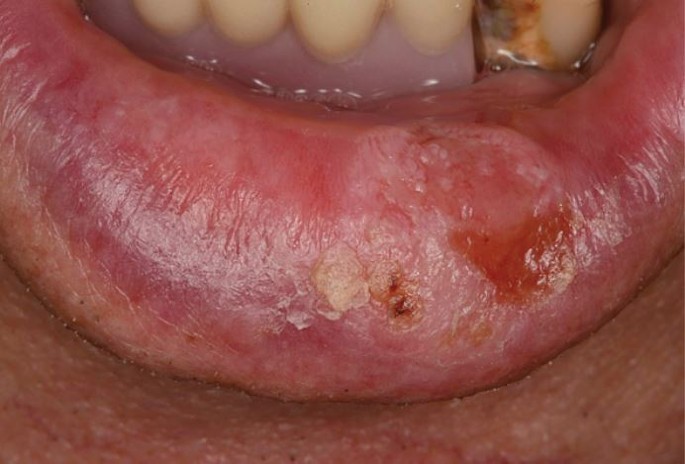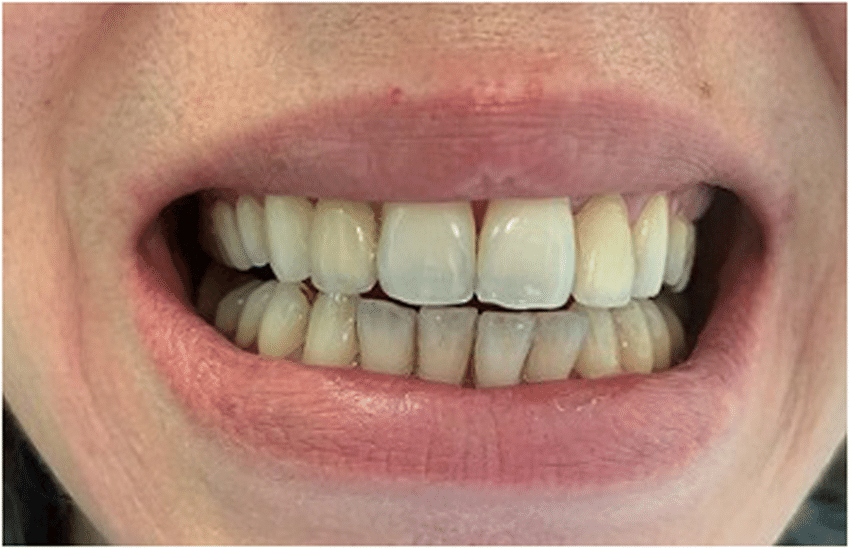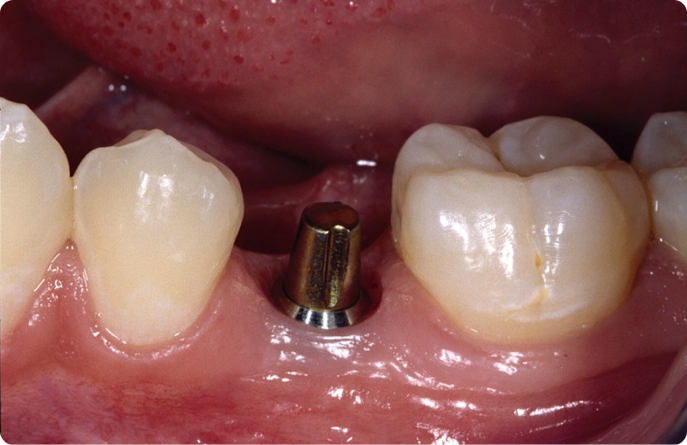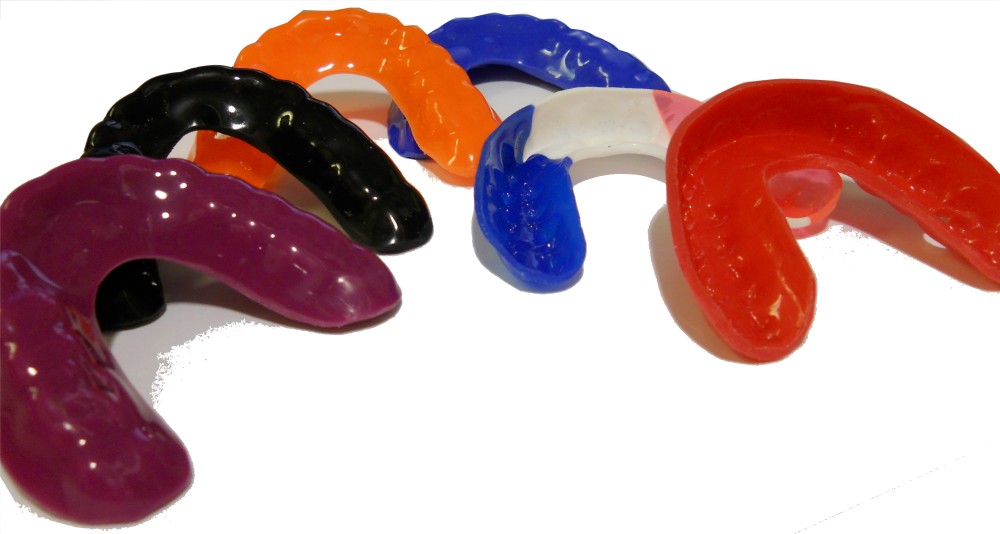Did you know that lip cancer is one of the most misunderstood types of cancer that’s out there. With one in five Americans now developing a type of skin cancer during their life, it’s something that, the earlier the better, as this can be removed or treated depending on the situation. Here, we’ll go over what this is, and what you have to be mindful of.
What This Looks Like
Lip melanoma, or lip cancer, is usually something that does sit on the surface of your skin cells. Usually, the lower lip looks irregular compared to the upper lip. It might create a patch that’s red, itchy, crusty, or bleeding. If you see growths that look like lumps or warts, this could be a possibility.
The Causes
The cause of this does vary, depending on what’s going on.
Some of the factors that do increase this include:
- UV exposure and radiation
- Alcohol usage
- Tobacco usage
The exposure to UV radiation is a major factor, especially for the lips and different parts. Because this usually comes from the sun, adding sunscreen is the best measure to protect this. Tobacco, along with alcohol usage are also major contributors, and those who drink up to four beverages twice a day are more than likely to have oral cancer than those who don’t. If you smoke, you’re about ten times likely to also have different types of oral cancers. It’s also much greater if you use this.

Cold Sore or Cancer?
Cold sores are a condition that do look similar, but they actually do heal up. The lesions from cancer do look like this, but they also heal faster. It’s a bit different too. The lips usually also look like they have symptoms, and usually, cold sores don’t have the same symptoms. If you notice a change and it’s refusing to go away though, you’ll want to discuss the possibility of treatment. If it’s just a cold sore, they may offer preventative means to ensure that this doesn’t keep happening to you.
Early Diagnosis Is Key!
As with all cancers, an early diagnosis is very important. That’s because lip cancers are almost always able to be cured, especially when you treat these and catch them early on.
Always check your lips for different changes to the skin, including roes, patches that are white, or red types of patches.
Also, look to see if you can have the dentist check you for oral cancer with oral cancer screenings.
They look at the mouth, see the tissue, and if they notice some differences, they might request a biopsy to check to ensure that there aren’t any cancer cells.
So how does this differ from other types of cancer?
Well, it’s very early to find this, and usually, this only appears on the lips. Lip melanoma won’t appear on the major organs, or the heart, but if you don’t actually take care of it, it can spread to the other parts of the body, where the danger happens.
The best preventative steps is to limit smoking, alcohol, and UV rays. Always try to wear sunscreen whenever you can.

If you do have lip melanoma, the first thing they do is remove the tissue around this to get rid of the cells. The second part is basically radiation and chemotherapy. It can also be cured and treated with early diagnosis, which is why, if you’re worried about the way that your lip looks and have your doubts, always see your dentist or doctor immediately to get screened for this kind of cancer.


















